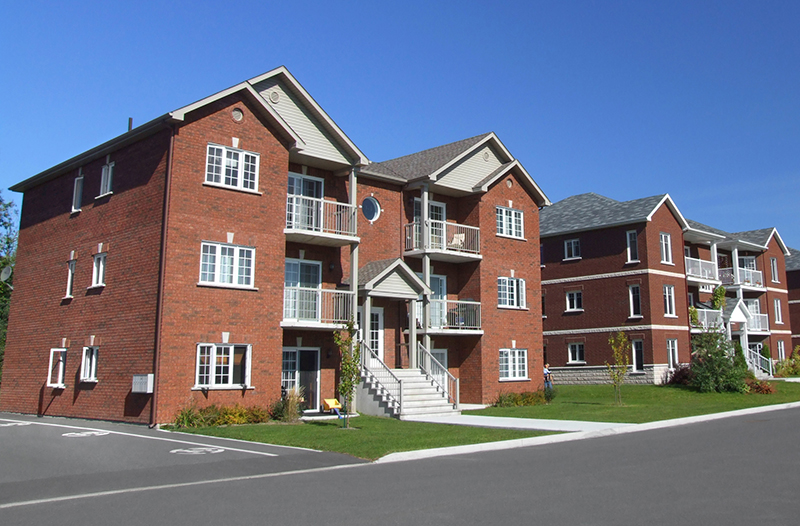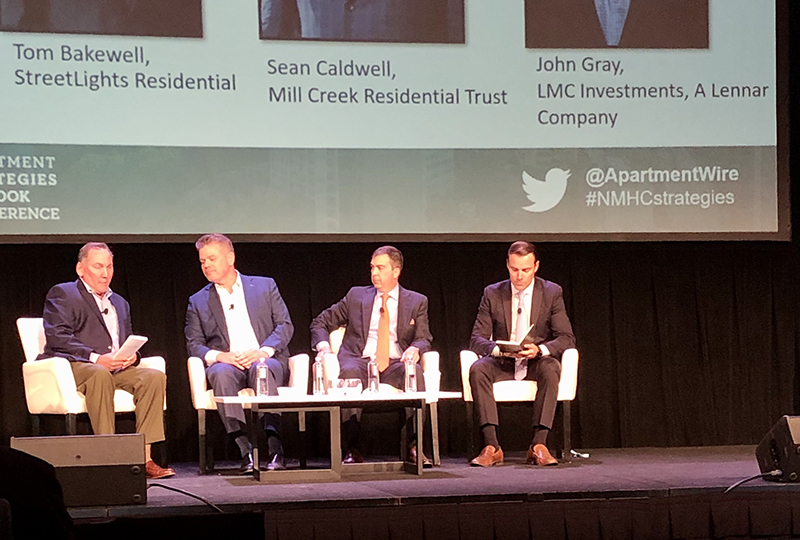The multifamily real estate market showed resilience in the third quarter, despite the COVID-19 pandemic. Rent growth posted declines, yet rent payments have held steady and the market fared better than other property sectors.
Small Multifamily Represents America’s Workforce Housing Stock

Small multifamily promotes greater accessibility to housing for workforce households than large multifamily. About 62% of all small multifamily households made less than $50,000 annually.

Top U.S. Multifamily Markets of the Decade

Over the course of the decade, the multifamily real estate market emerged as a premier asset class. Demand was driven not only by the shifting demographics, but also housing affordability issues surrounding escalating prices, limited supply and stagnant wage growth. See our breakdown of the decade’s top-performing multifamily markets.

Top Technology Trends Set to Impact the Apartment Sector

While many early technology solutions have been operationally focused, advanced technology like artificial intelligence and data analytics tools now allow owners to focus their efforts on improving the customer experience, panelists noted at the recent NMHC Annual Meeting in Orlando, FL.

Multifamily Development Strategies and Challenges in 2020 and Beyond

Key strategies for development, including building for long-term holds and adapting to changing renter profiles, were discussed at the recent NMHC Apartment Strategies Outlook Conference in Orlando, FL.

Small and Large Multifamily Renter Income Growing the Fastest

Renter income growth In small multifamily properties was slightly above the national average, while large multifamily households saw market-leading gains.

Small Multifamily, Small Cities Are Riding the Same Rising Tide

Small multifamily rents have been growing faster in metro areas with rent levels below the national average. This phenomenon has, by and large, also been true for the large multifamily asset class.


